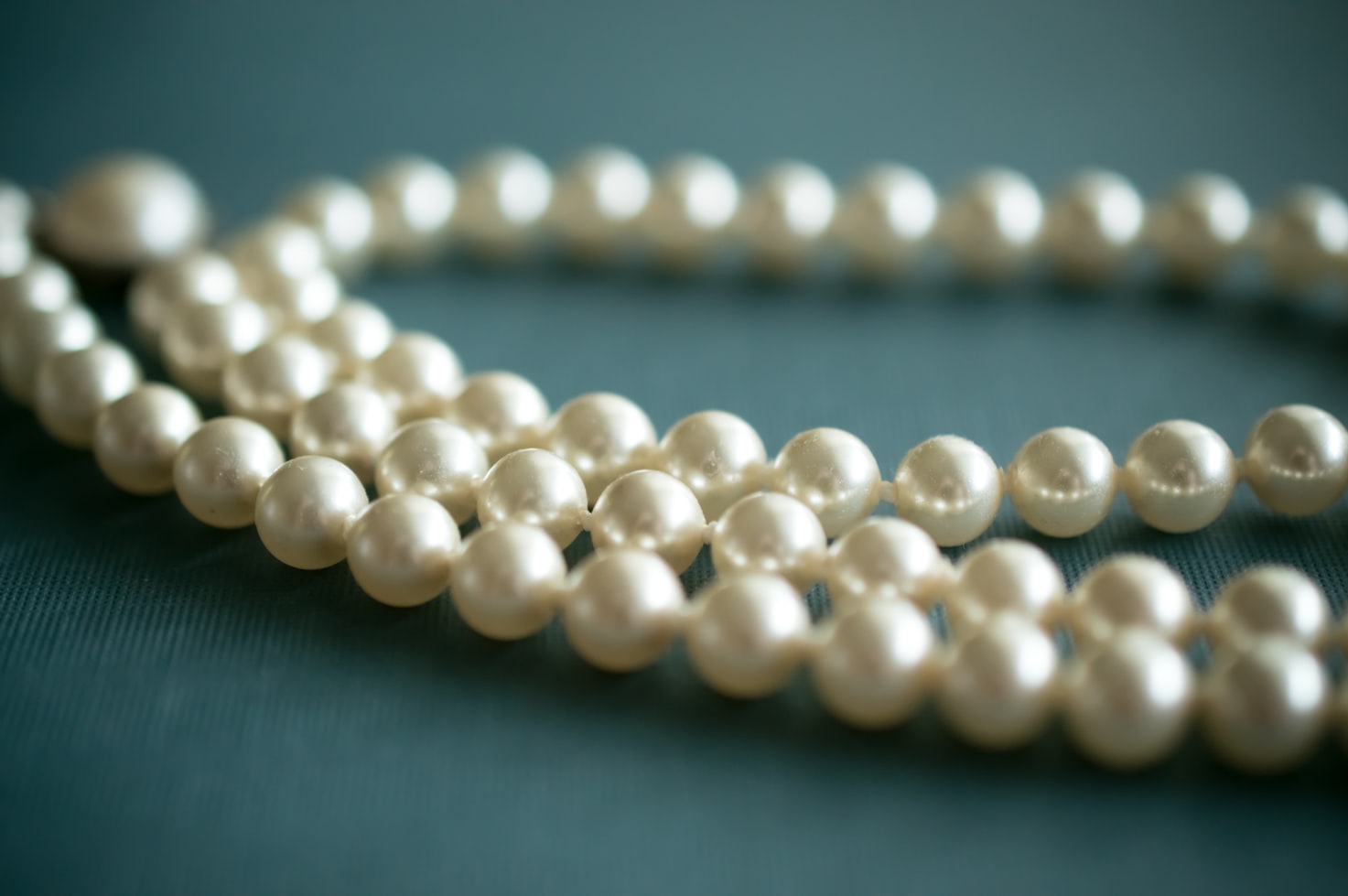Selecting the perfect pearls is a difficult task, especially if you want to impress someone special. Pearl jewelry is versatile, and each piece is distinctive in its own right. But for such a simple gem, there are a remarkable number of options available.
From simple drop earrings to multi-strand statement necklaces, pearls can be delicate or bold and glamorous in equal measure. But one thing is for sure: if you choose the right piece of jewelry, say elegant gold earrings from Cadar Jewelry, you will receive one of the best gifts money can buy. So here are five things to think about when shopping for that perfect present.
1. Nearly All Pearls Are Cultured
Natural pearls are nearly impossible to find due to pollution and other factors, and when they do make their way to the market, they are often very expensive. Luckily, cultured pearls provide a solution. Cultured pearls are organic gems produced on an oyster farm. Cultured pearls are generated in the same way as their natural counterparts and are considered genuine pearls.
The culturing process began in the late 1800s. An irritant is surgically implanted into the mollusk and maintained on a pearl farm while the gem develops. “If we inspect a pearl under strong light, sometimes we can see a nucleus inside. This is not a symptom of fake pearl, instead, it’s that ‘irritant’ helps a pearl to grow,” said Steven Kwok, IGI-certificated pearl grader.
While man can initiate the pearling process, it is up to nature to define the finished pearl’s quality. According to the Cultured Pearl Association of America, just 5% of pearls produced after a five-to-ten-year farming cycle are of the excellent quality required for fine jewelry.
2. Saltwater vs. Freshwater Pearls
Freshwater pearls have a softer sheen than saltwater pearls, therefore they don’t appear as glossy—saltwater pearls, on the other hand, have a more glossy sheen. It’s worth mentioning, though, that the farming methods used to produce pearls have drastically improved in recent years. As a result, the shine of freshwater pearls has now reached parity with that of saltwater pearls. Here are a few things to keep in mind while shopping for freshwater or saltwater pearls.
Freshwater Pearls
Freshwater pearls are known for their delicate shapes, gentle sheen, and white and pastel tints. Freshwater pearls come in a wide variety of shapes and sizes, whether you want a flawlessly round gem or a free-form baroque piece. Freshwater pearls have traditionally been more durable than saltwater pearls.
This is because the nacre used to make these pearls is significantly thicker than in saltwater pearls. Therefore, freshwater pearls are the preferable choice if you plan to wear them frequently. Freshwater pearls have traditionally had a faster turnaround time than saltwater pearls. As a result, they are typically smaller in size. However, an increasing number of producers are starting to cultivate their freshwater pearls over a longer time, resulting in larger pearl beads.
Saltwater Pearls
Akoya pearls, South Sea pearls and Tahitian pearls are the main varieties of saltwater pearls. These are primarily produced in Japanese, Chinese, Thai, Australian, and Indonesian bays, inlets, and atolls. The most popular shape of a pearl is perfectly spherical, and as a result, they’re in high demand.
Traditionally saltwater pearls were more expensive because of this. However, they were also more expensive since freshwater mussels are more plentiful than saltwater, and their scarcity adds to their value. Interestingly, saltwater pearls do exist in unusual yet extravagant shapes and colors, for example, silver-blue, and gold. However, because these are few and far between, this type of pearl isn’t well-known for producing unusual gem styles and formats.
3. Pearls Are Softer Than Most Gemstones
Pearls require some special attention, as they are much softer than most other gemstones. Separate your pearls and keep them clean and dust-free. When getting dressed, put your pearls on last and take them off first in the evening. Hairspray and perfume contain chemicals that might harm your pearls, so keep them away from them. Clean pearls with a soft, dry towel after each use.
4. Water Is Bad For Pearls
This may be surprising, as pearls are born in the water, but you want to make sure your pearls don’t get wet. While pearl rings are gorgeous and delightful to wear, you should remove them when washing your hands or if they’re going to be soaked with water. This is mostly to protect the setting as well as to keep washing chemicals from getting on your pearls. Pearl necklaces are often strung on silk thread, which can be weakened by water, so keep them out of the shower!
5. Price = Quality
One thing to know about pearls: the higher the grading, the more valuable they are. Examine the specs of the first piece of pearl jewelry that catches your eye. The AAA rating is most commonly found on quality pearls. Valuable pearls have a lot of A’s, are rare, big, and have a lot of shine and nacre.
Consider pearl jewelry as an investment; you’re not purchasing a strand of flashy beads; you’re purchasing a timeless, one-of-a-kind, and highly precious piece of jewelry. Expensive pearls are the ones that will last a lifetime and keep their nacre and natural luster. If you pick the correct ones, they’ll last for decades and look just as good.

